Symptoms of a Clogged Fuel Filter and How to Fix It
Symptoms of a Clogged Fuel Filter and How to Fix It
A clogged fuel filter can cause a variety of problems for a vehicle’s fuel system and engine. In this essay, I will discuss the symptoms of a clogged fuel filter and provide a step-by-step guide on how to fix it.
The main function of the fuel filter is to remove dirt, debris, and other contaminants from the fuel before it reaches the engine. Over time, these contaminants can accumulate and clog the filter, reducing the flow of fuel to the engine. This can lead to a number of problems, including poor engine performance, reduced fuel efficiency, and increased emissions.
One of the most common symptoms of a clogged fuel filter is poor engine performance. The engine may hesitate or stall, especially when accelerating or under load. This is caused by a lack of fuel reaching the engine, which can cause the engine to run lean.
Another symptom of a clogged fuel filter is reduced fuel efficiency. The engine may consume more fuel than usual, which can be caused by a lack of fuel reaching the engine. This can also lead to increased emissions, as the engine is not running at its optimal performance.
Another symptom is the engine not starting or having a hard time to start. The fuel filter can become clogged to the point that the fuel pump is unable to push the fuel through the filter and into the engine.
A clogged fuel filter can also cause a fuel leak. If the filter becomes blocked and the fuel pump is unable to push the fuel through, it can cause the filter to rupture or the fuel lines to come loose. This can be dangerous and cause a fire hazard.
To fix a clogged fuel filter, it is necessary to replace the filter. The following is a step-by-step guide on how to replace a fuel filter:
Step 1: Locate the fuel filter. The fuel filter is typically located near the fuel tank or fuel pump, but its exact location may vary depending on the make and model of the vehicle. Consult the vehicle’s owner’s manual for the location of the fuel filter.
Step 2: Relieve the fuel pressure. Before replacing the fuel filter, it is important to relieve the fuel pressure in the system. This can be done by starting the vehicle and allowing it to run until it stalls. This will allow the fuel pressure in the system to drop, making it safer to work on the fuel filter.
Step 3: Disconnect the fuel lines. Once the fuel pressure has been relieved, the next step is to disconnect the fuel lines from the fuel filter. The fuel lines are typically connected to the filter with quick-connect fittings, which can be disconnected by pressing the tab on the fitting and pulling the line away from the filter. Be sure to have a container to catch any spilled fuel.
Step 4: Remove the old filter. Once the fuel lines have been disconnected, the old fuel filter can be removed. The filter is typically held in place with a clamp or bracket, which can be removed with a wrench or pliers. Carefully remove the old filter from its housing and discard it.
Step 5: Install the new filter. With the old filter removed, the new filter can be installed. Be sure to consult the vehicle’s owner’s manual for the correct type of filter to use. The new filter should be inserted into the housing and secured in place with the clamp or bracket.
Step 6: Reconnect the fuel lines. Once the new filter is in place, the fuel lines can be reconnected. Push the lines back onto the quick-connect fittings and make sure they are securely connected.








